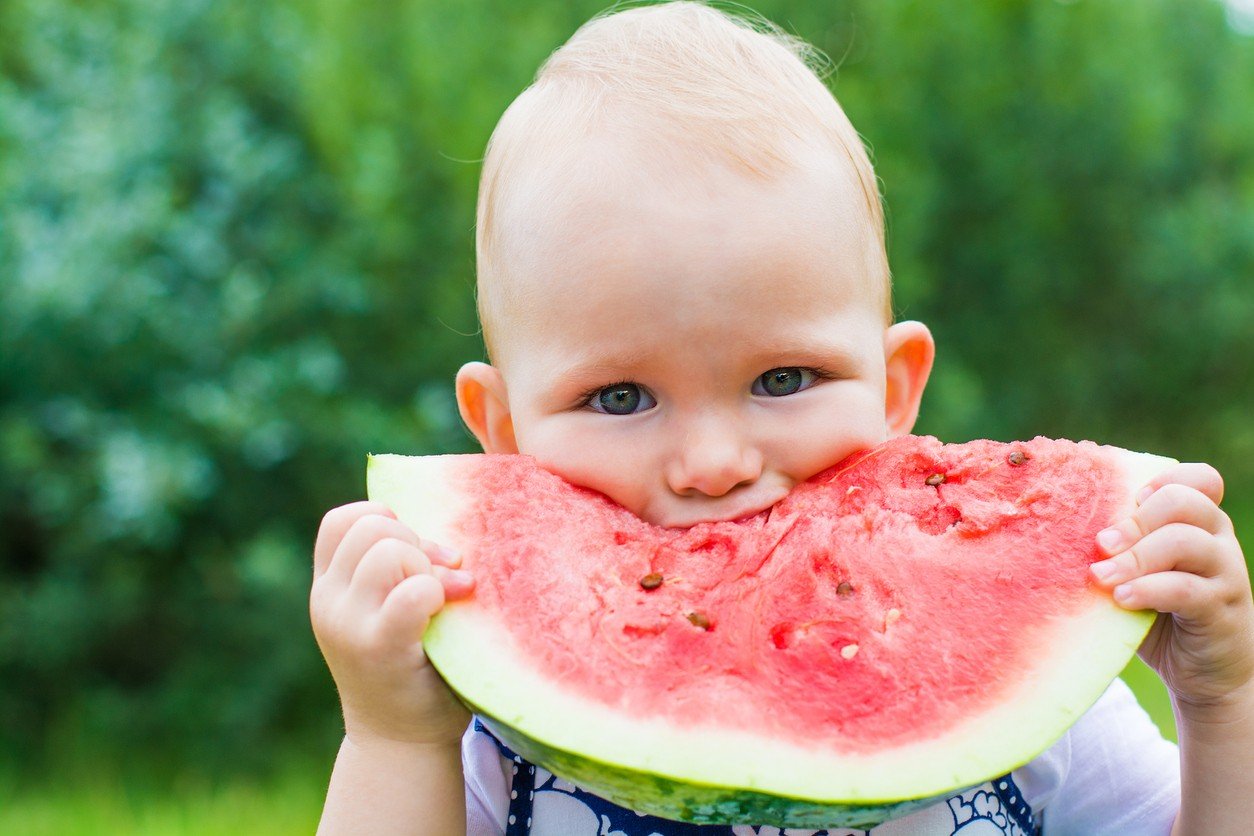From Beans to Bites: Navigating the World of Coffee and Food Selection
Coffee, often referred to as the elixir of productivity and the social glue, has profoundly impacted cultures around the world. Its rich, aromatic essence not only fuels mornings and sparks creativity but also fosters countless conversations.

Coffee culture, with its diverse traditions, has seamlessly integrated into daily life across different continents, from the bustling streets of Rome to the tranquil cafes of Tokyo.
This global phenomenon has significantly influenced culinary preferences, establishing coffee as a staple in various societies.
The Rich Heritage of Coffee
Coffee’s journey from its humble origins to becoming a global staple is a saga that mirrors the complexity and richness of the beverage itself. It all began in the verdant highlands of Ethiopia, where coffee trees still grow wild.
Legend has it that a shepherd named Kaldi discovered coffee’s energizing effects after noticing his goats frolicking energetically upon consuming the red coffee cherries. This serendipitous discovery would eventually revolutionize morning routines and social gatherings around the world.
From Ethiopia to the Arabian Peninsula
The journey of coffee from Ethiopia to the Arabian Peninsula marks the beginning of coffee cultivation and its introduction to the world.
By the 15th century, coffee was being grown in Yemen, and the port city of Mocha became synonymous with its trade. It was in the Arabian Peninsula where coffee was first roasted and brewed in a manner somewhat similar to how we prepare it today.

Photo by Ahmed Aqtai: https://www.pexels.com/photo/cup-of-coffee-with-dates-on-a-serving-tray-3652513/
Coffee houses, known as “qahveh khaneh,” sprouted up in cities across the Middle East. These establishments became hubs of social activity, places where people engaged in conversation, listened to music, watched performers, and played chess.
Spreading Across the Globe
As coffee spread from the Arabian Peninsula, it encountered different cultures and climates, leading to the rich diversity of coffee cultivation and preparation methods we see today.
The Venetians were among the first in Europe to acquire a taste for coffee, with the first European coffee house opening in Venice in 1647.
Coffee’s popularity soon swept across the continent, giving rise to iconic coffee cultures in cities like Vienna, where the tradition of filtering coffee led to the development of the Viennese coffee house culture, renowned for its literary and intellectual gatherings.
The Dutch played a pivotal role in spreading coffee cultivation to the New World, first to the Caribbean, then to Central and South America, regions that would become powerhouses in coffee production.

Photo by Larissa Farber: https://www.pexels.com/photo/cup-of-tasty-latte-coffee-with-cheese-cake-on-tray-8027652/
The French introduced coffee to Vietnam, leading to the robust coffee culture that thrives there today. Similarly, the Portuguese were responsible for bringing coffee to Brazil, now the world’s largest coffee producer.
Adaptation and Diversity
Each region that embraced coffee made it their own, adapting cultivation and preparation methods to suit local tastes and conditions.
In Ethiopia, the birthplace of coffee, traditional ceremonies see green beans roasted, ground, and brewed in a single session, highlighting coffee’s deep cultural significance.
In Turkey, coffee is finely ground, sweetened, and simmered in water to create a thick, potent brew, served with the grounds settling at the bottom of the cup.
The Italian espresso, a concentrated beverage made by forcing a small amount of nearly boiling water through finely-ground coffee beans, showcases the European mastery of coffee as both art and science.

Photo by tabitha turner on Unsplash
Meanwhile, in Vietnam, coffee is often mixed with sweetened condensed milk, offering a rich, creamy beverage that is both a treat and a testament to the country’s French colonial past.
Through this global journey, coffee has become more than just a beverage; it is a cultural artifact, reflecting the history, traditions, and preferences of the people who grow, prepare, and enjoy it.
From the ceremonial to the everyday, the global spread of coffee has resulted in a rich tapestry of cultural practices that surround its consumption, making the world of coffee as diverse and rich as the beverage itself.
Vietnamese Coffee: A Unique Brew
Vietnamese coffee is celebrated for its robust flavors, which are the result of the country’s preference for robusta beans, known for their strong, slightly bitter, and nutty flavor profile. The unique roasting process, which sometimes includes butter, sugar, or even whiskey, adds a distinctive taste to the beans.

Photo by Demi DeHerrera on Unsplash
The traditional brewing methods, such as using a phin (a small metal drip filter), contribute to the coffee’s rich and bold flavor.
For those keen on exploring the depths of Vietnamese coffee culture, Cafely emerges as a comprehensive source of information. It provides in-depth insights into the various aspects of Vietnamese coffee, from bean types and roasting techniques to brewing methods and cultural significance.
Coffee and Culinary Pairings
The interplay between coffee and food is a symphony of flavors, a dance that can elevate the simple act of eating into a profound sensory experience. Understanding this interplay allows us to curate meals that are not just nourishing but also deeply satisfying.
Morning Rituals Around the World
In the morning, coffee rituals vary widely around the globe, each pairing with local culinary traditions to kickstart the day.

Photo by Ea Ehn: https://www.pexels.com/photo/white-ceramic-mug-with-coffee-beside-stainless-steel-teapot-on-brown-wooden-tray-3670580/
In Italy, a shot of espresso might accompany a light, sweet pastry, balancing the intensity of the coffee with the sweetness of the food. Contrast this with a traditional Swedish “fika,” where coffee is enjoyed with cinnamon rolls or other baked goods in a pause that refreshes the spirit as well as the palate.
Midday and Afternoon Pairings
As the day progresses, so does the nature of coffee and food pairings. In the Middle East, a midday Turkish coffee might be served with dates or small sweets, the strong, rich coffee contrasting beautifully with the natural sugars of the fruit.

Photo by Sena: https://www.pexels.com/photo/cup-of-coffee-on-top-of-a-magazine-10535901/
In Latin America, an afternoon café con leche might be enjoyed with savory snacks, such as empanadas, blending creamy sweetness with hearty, spicy fillings.
Evening Combinations
Evenings offer a chance to wind down, where coffee serves not just as a digestif but as a bridge to relaxation. In some cultures, a post-dinner decaf coffee or a mild Arabica blend might be served with dessert, such as a rich, chocolate cake or a piece of fruit pie, allowing for a gentle easing into the end of the day.
This contrasts with regions where coffee is consumed less in the evening due to its stimulating effects, showcasing the adaptability of coffee culture to local customs and sleep schedules.
Mastering the Art of Pairing
To master coffee and food pairings, one must understand the flavor profiles of different coffees—from the fruity and light notes of an Ethiopian single-origin to the bold and rich undertones of a Sumatran blend.
This knowledge allows for the pairing of food that can either complement or contrast these notes, creating a more rounded and enjoyable dining experience.
Seasonality plays a crucial role in pairing, with lighter, fruitier coffees and foods being preferred in warmer months, and richer, more robust combinations fitting colder times.
The occasion, too, influences the choice of coffee and food pairings, with formal meals perhaps calling for more refined, subtle coffee choices than a casual get-together.

Photo by Brooke Lark on Unsplash
Coffee and culinary pairings are not just about taste but about the experience they bring to the table. The global diversity in coffee cultures offers a rich palette from which to draw inspiration, making every meal an opportunity to travel the world through our taste buds.






